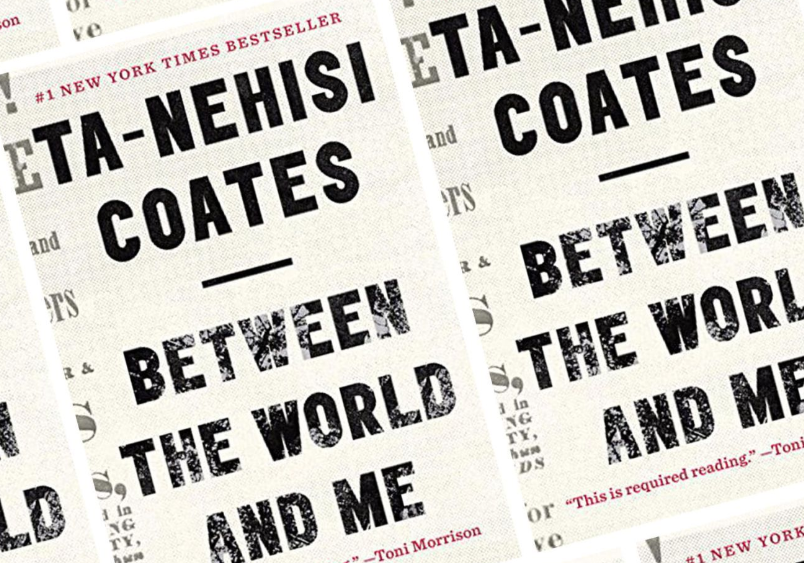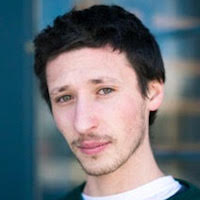
“I would not have you descend into your own dream. I would have you be a conscious citizen of this terrible and beautiful world.” ~ Ta-Nehisi Coates
~
In his famous book, Between the World and Me, a collection of essays written for his son about the black experience in America, Ta-Nehisi Coates describes growing up in West Baltimore through the vessel of his own body and the countless untold dangers of life that could snatch it away at any moment.
With each essay, he embarks on a journey to reconcile his own lived experience and identity with the world around him.
Although Coates and I come from different places, have different ideas about the world, and certainly have very different experiences to draw from as we move through life, his words resonate with me, as we’re all desperately trying to bridge the gap between the world and ourselves in our own unique way.
Even though there are those who disagree with Coates’ political sentiments, the deeper message of his writing is the beauty and necessity of the human struggle in our journey to consciousness—and moreover, what it means to be a body, not to simply have a body.
How can we reconcile the tragedy of our lives—our suffering, our limitations, and our own injustices, that which stands between the world and me—with the fact that we are intrinsically linked to this world and bear some responsibility for it? How can we accept and embrace our relationship with life when we feel as though we’re a stranger in a strange land?
Almost all of us have known tragedy, though perhaps not the kind of enduring tragedy that Coates experienced in his youth, or the enduring tragedy of living with a severe chronic illness in my own experience. And the paralyzing feeling of being alone in life, estranged from the world by virtue of our own suffering, which we never consciously chose, is the greatest source of despair in this world. This uncharted territory is the most difficult and dangerous bridge to cross, for we cannot possibly anticipate how the world will treat us when we stand up and look it in the face like we have a right to be there.
In neighborhoods like the one where Coates was raised, the claiming of our adulthood could land us in a body bag.
There is a risk in breaking the boundary between ourselves and the world, in looking at ourselves squarely in relationship to the vast web of interconnected places and people and moments that make up our world, for the all-seeing, all-judging eye of culture can always cast a shadow over our living, breathing body—and perhaps even take it away if we stand too tall or shine too brightly.
There is always a risk in becoming who we truly are, embodying our deepest potential. The fact is, our bodies were never safe, never secure, never free of danger from the very beginning; and it’s necessary for our own psychological redemption to embrace the sheer fact of our aliveness and move forward unapologetically into the great unknown—both within and without.
We do not have a body, we are a body—and bodies can be broken. The body is the soul, the carrier of all our hopes and dreams and secrets and passions; the nostalgic feeling of a rainy day or our favorite afternoon snack are contained in the body, and Coates powerfully reminds us of how that preciousness can be so easily spilled on the sidewalk.
The feeling of being alive, of being at home in one’s body, is the bridge between the world and me—and Coates illustrates this poetically throughout the book.
“I believed, and still do, that our bodies are our selves, that my soul is the voltage through neurons and nerves, and that my spirit is my flesh.”
Maybe this is why the book resonated for me, in spite of the fact that I’m not black and will never know what it means to be black in America. That’s not my battle. The barrier between the world and me is physical illness, and my journey is to express the intimate reality of my experience in a way that will be of benefit to anyone—bridging the gap between the world on the inside and the world on the outside.
I cannot speak for Coates, though it would seem from his point of view, articulated eloquently through tangled prose and rhythmic verses, that closing the space between worlds is not simply a matter of mind, but a matter of body.
In cherishing the aliveness of our body, from moment to moment, we step into ourselves fully as human beings—opening doors with our consciousness that we never could have dreamed. Our greatest strength, in the face of all that can remove us of our bodies, from illness to poverty to gang violence to police brutality, is to cherish our own bodily experience as an extension of the soul.
We are not separate from that aliveness, that preciousness, that unbearable lightness that is fostered by and expressed through our body. And we revitalize that connection by feeling everything: every tingle, every jolt, every movement, every breath, every sensation that echoes in our nervous system through every cell of our living body.
The ever-elusive wall between the world and me, that invisible boundary that prevents us from expressing ourselves fully, is part of the human condition. We can’t escape it because, as Coates understands, the meaning of life is found in the struggle for transcendence, not the attainment of it.
There will be moments when we feel like an intrinsic part of the world, feeling our body as a vessel of the cosmos in its mysterious totality, and there will be times when the world seems like a fading glimpse of a childhood memory, dragging the inconvenient shell of our body behind us. How we navigate between the tremendous joy and the unspeakable tragedy of life is the essence of the human adventure.
It’s a journey worth taking.
https://www.youtube.com/watch?v=6ucFvE1ITpU











Read 0 comments and reply